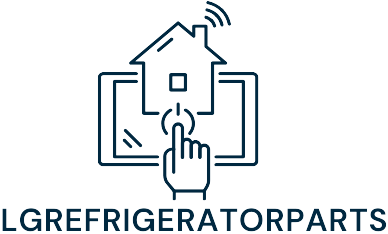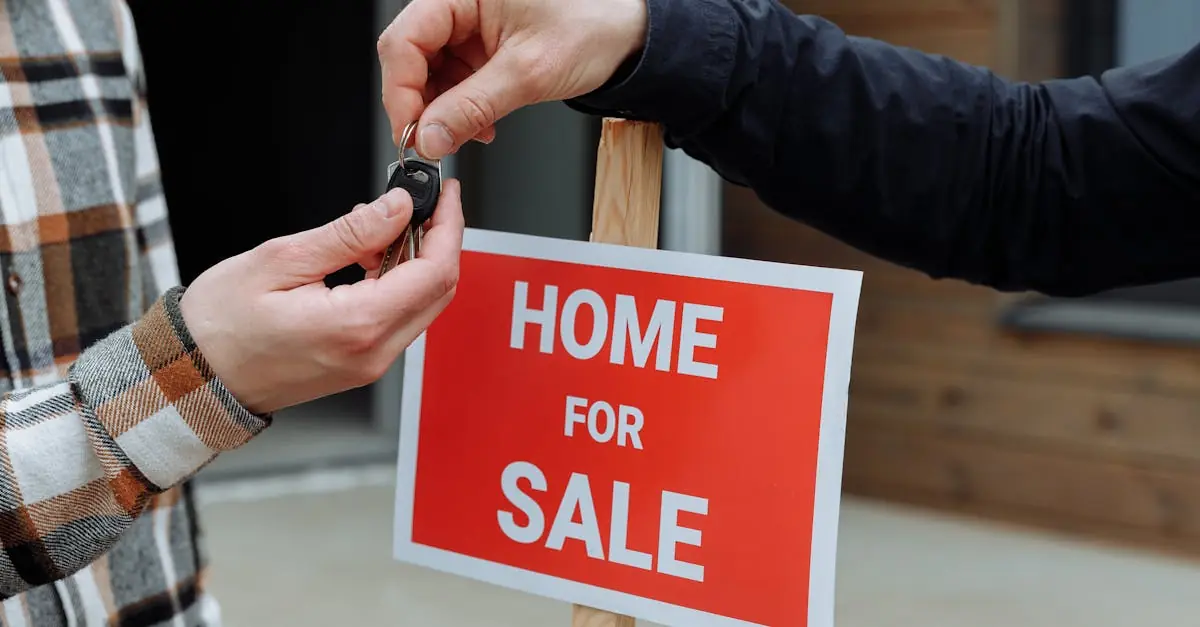Table of Contents
ToggleIn today’s housing market, institutional investors are strutting in like they own the place—and in many ways, they do. With deep pockets and a keen eye for opportunity, these financial giants are reshaping the landscape of residential real estate. They’re not just buying up single-family homes; they’re transforming neighborhoods, turning them into rental hubs that cater to a growing demand for affordable housing.
Overview of Institutional Investors Housing
Institutional investors play a pivotal role in the housing market today. These large financial entities acquire significant numbers of single-family homes, often converting them into rental properties. Their entrance signals a shift in how residential investments occur, with increased focus on creating affordable housing options.
In recent years, data indicates that institutional investors own approximately 15% of single-family rentals in the United States. This ownership impacts local housing markets and can lead to increased rental prices in areas where they invest. Each neighborhood experiences a different level of transformation based on the scale of investment and the strategies employed by these investors.
Institutional investors leverage their substantial financial resources to acquire homes quickly, frequently outbidding individual buyers. This approach allows them to secure prime real estate locations. By converting purchased homes into rentals, they cater to the rising demand for affordable housing solutions.
Market dynamics vary; areas with higher institutional investment often see reduced homeownership rates as more consumers are pushed into rental markets. Investors also contribute to changes in the housing landscape by implementing standardized management practices, leading to enhanced property maintenance and tenant services.
The influence of institutional investors continues to grow, reshaping both local housing markets and broader economic patterns. Understanding their strategies and impacts remains critical for analyzing the current residential real estate environment.
Current Trends in Housing Investments
Institutional investors significantly impact the housing market. Their purchasing activity reshapes local economies and community structures.
Growth of Institutional Ownership
Institutional ownership of residential properties has surged, with these entities now controlling around 15% of single-family rentals in the United States. Investors increasingly target suburban areas, drawn by lower home prices and potential rental yields. This trend fosters higher competition with individual buyers, often leading to rapid price increases. Over recent years, large investment firms have rapidly acquired homes, significantly altering the landscape of single-family rentals. Their presence influences neighborhoods, converting them into predominantly rental regions, which shifts local demographics and homeownership ratios.
Shift in Investment Strategies
Investment strategies have evolved, focusing on long-term rental income rather than short-term sales. Many institutional investors opt for bulk purchases of homes, enabling them to benefit from economies of scale. This approach allows investors to implement standardized property management practices, ensuring efficient operations across their portfolios. Additionally, some firms now diversify their investments by targeting affordable housing developments, addressing market demands for budget-friendly rental options. By adapting to market conditions, institutional investors play a crucial role in shaping housing trends and residential investment dynamics.
Impact on Local Housing Markets
Institutional investors are reshaping local housing markets significantly, leading to notable changes in various dynamics. Their presence has introduced new challenges and opportunities for communities.
Rent Increases and Affordability
Rental prices have surged dramatically in areas with high institutional investment. These investors often pay cash and outbid individual buyers, which raises overall housing costs. As a result, renters face increased financial pressure, particularly in neighborhoods where institutional ownership expands rapidly. Recent reports show that regions with significant institutional ownership see rental rates rise by about 20%. This surge impacts affordability, pushing lower-income families further away from city centers and into less desirable areas. Even though some investors aim to improve properties, the affordability crisis remains pressing, as rents outpace income growth.
Neighborhood Development and Gentrification
Gentrification often accompanies institutional investment in local housing markets. These investors typically enhance properties, which can attract wealthier renters and push long-term residents out of their communities. As new amenities and services emerge, the character of neighborhoods changes, sometimes leading to a loss of cultural identity. Investment in suburban areas has accelerated this trend, as lower home prices and potential rental yields attract institutional capital. Consequently, policymakers face a dilemma. On one hand, improved neighborhoods can benefit local economies; on the other, displacement and rising living costs threaten the stability of existing communities. Understanding these dual effects is vital for developing sustainable housing policies.
Benefits of Institutional Investors in Housing
Institutional investors play a crucial role in enhancing the housing market’s long-term stability and investment potential. These entities often bring significant financial resources to the table, allowing them to weather market fluctuations better than individual investors. Their ability to purchase single-family homes in bulk leads to more consistent rental income streams. For example, areas with high institutional investment generally experience improved property values, providing a buffer against economic downturns. This stability attracts additional capital investment, fostering growth and development within local communities.
Long-Term Stability and Investment
Long-term stability in housing often stems from institutional investors’ commitment to maintaining property value. These organizations typically prioritize investment strategies aimed at maximizing returns over the years. They frequently reinvest profits into property upgrades and community amenities, benefiting both tenants and local economies. Institutional ownership helps to stabilize rental markets, making them less susceptible to drastic price swings. Consistent funding from these investors leads to enhanced neighborhood infrastructure, which can attract new businesses and residents alike.
Professional Management of Properties
Professional management of properties ensures a streamlined approach to tenant services and property maintenance. Institutional investors often implement standardized operating procedures across their portfolios, leading to higher service quality. This level of management enhances tenant satisfaction and retention rates while reducing vacancy periods. Institutional investors tend to employ experienced property management firms that utilize innovative technologies for maintenance and tenant communication. Efficient property management not only preserves property values but also fosters healthier communities through responsive service and proactive upkeep.
Challenges Faced by Institutional Investors
Institutional investors encounter various challenges in the housing market, despite their substantial influence on property dynamics.
Regulatory Hurdles
Navigating regulatory frameworks poses significant challenges for institutional investors. Each local market has unique regulations governing rental properties. Compliance with zoning laws and tenant protections can require extensive legal resources. Rising scrutiny from policymakers also impacts investment strategies. Changes in regulations may lead to increased operational costs, making it crucial for these investors to stay informed. Understanding tax implications remains essential for maintaining profitability. Adapting to evolving laws can hinder timelines for property acquisitions and renovations. Each of these factors collectively complicates the investment landscape for institutional players.
Competition with Individual Investors
Facing competition from individual investors creates another hurdle for institutional entities. Many individual buyers are increasingly active, often seeking homes in the same neighborhoods. Limited inventory heightens competition, allowing individuals to make cash offers and close deals rapidly. Institutional investors frequently confront the challenge of offering compelling bids to secure desirable properties. Bulk purchases, while advantageous, can complicate relationships with local sellers and communities. Rapid price escalations also result from this competitive environment, forcing institutional investors to reassess investment plans. Ultimately, balancing the competition with individual investors requires strategic adaptation and market insight.
The growing presence of institutional investors in the housing market presents both opportunities and challenges. Their ability to enhance property values and stabilize rental income can benefit local economies. However, the rising rental prices and reduced homeownership rates pose significant concerns for communities, particularly for lower-income families.
As these investors continue to shape the landscape of residential real estate, the balance between economic growth and community preservation becomes increasingly critical. Policymakers must navigate these complexities to ensure that housing remains accessible while fostering neighborhood stability. The ongoing dialogue around institutional investment will be essential for addressing the evolving needs of the housing market.



